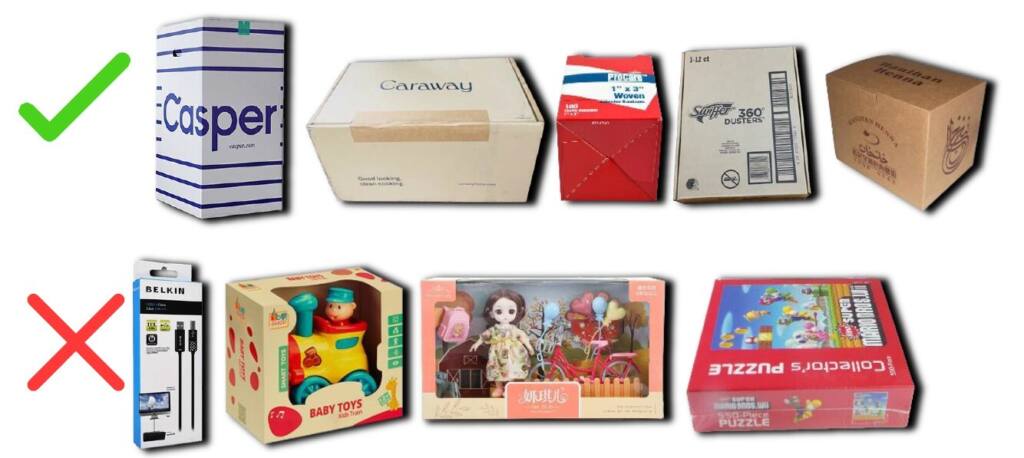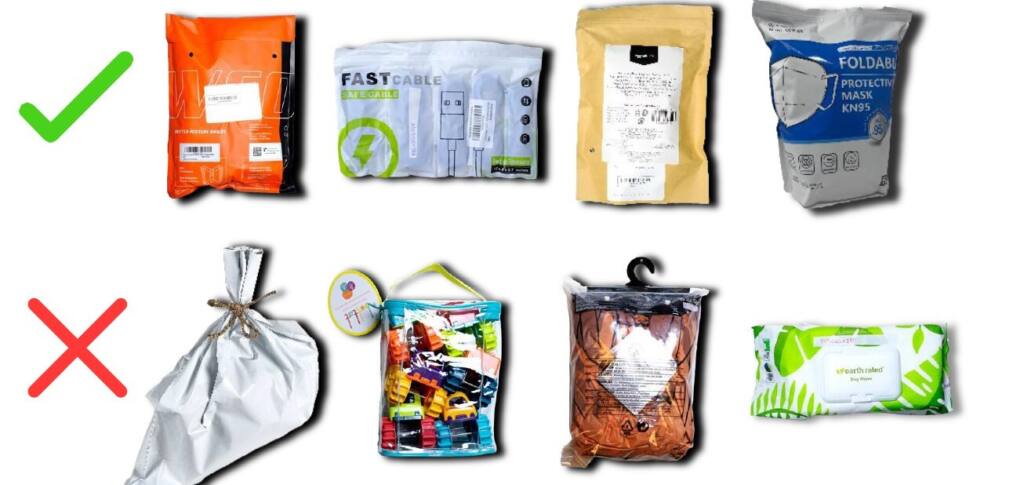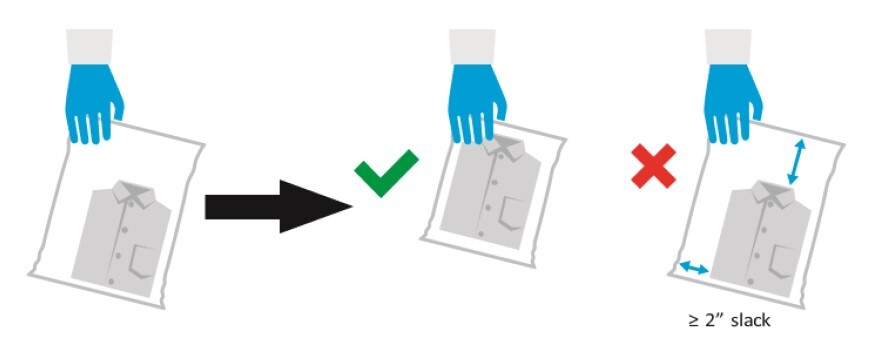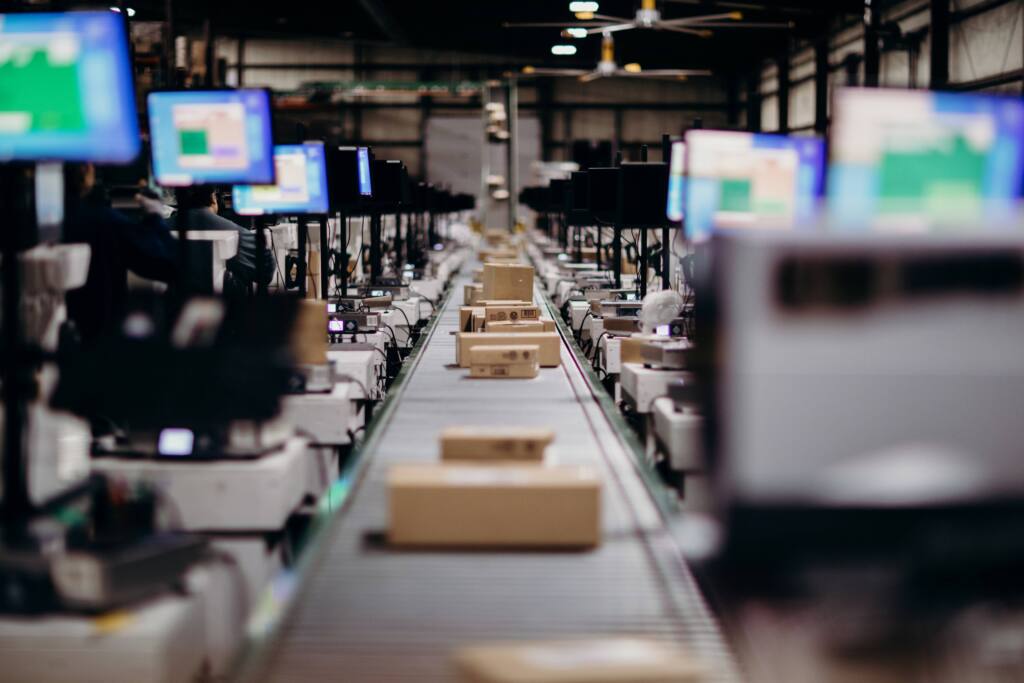As the trend continues of consumers transitioning from traditional in-store purchases to online digital marketplaces, a corresponding shift in product packaging strategies has emerged. No longer is the primary focus on creating visually striking external packaging intended to occupy prime shelf space in retail stores, driving sales and profits. Instead, a new paradigm has emerged, emphasizing packaging that optimizes supply chain efficiency while potentially offering consumers a memorable unboxing experience.
Furthermore, a growing percentage of consumers now actively seek out products and brands that demonstrate a commitment to social and environmental progress. This evolving consumer preferences in shopping behavior has prompted marketplaces and distribution channels to establish stringent criteria and guidelines. These measures serve to incentivize brands and supply chain partners to prioritize a transition from conventional packaging approaches to ones that align with shifts in consumer behaviors and focus on deeper values.
Naturally, in alignment with being the world’s most customer centric company, Amazon has put a great emphasis incentivizing its partners to make this shift a priority as well.
Amazon’s Frustration-Free Packaging (FFP) and Ships in Own Container (SIOC) program seeks to simplify packaging processes, enhance product protection, and reduce negative environmental impacts. This initiative involves designing, testing, and certifying packages for three ecommerce packaging tiers: Frustration-Free Packaging (FFP), Ship in Own Container (SIOC), and Prep Free Packaging (PFP).
Adhering to FFP and SIOC guidelines and testing protocols eliminates the need for unnecessary packaging, enhance supply chain operations, and minimizes instance of damage during transportation. This not only enhances the efficiency of supply chain operations but also minimizes instances of damage during transportation. Simultaneously, this strategy simplifies the unboxing process for customers and opens avenues for creating moments of customer delight.
Manufacturers can derive significant benefits from transitioning to FFP and SIOC requirements. This transition can lead to cost savings by eliminating the necessity for extra materials like dunnage and air pillows, additional over boxes, investments in attention grabbing external boxes, and freight costs. This shift empowers manufacturers to showcase their unique packaging, discard the Amazon-branded box, and create a compelling first impression that fosters brand loyalty.
Amazon’s packaging guidelines consists of three main tiers mentioned above: FFP, SIOC, & PFP. Today we are going to expand on SIOC guidelines as it is going to apply to the highest percent of packaging.
What is SIOC?
SIOC stands for Ship in Own Container. It’s a term used in logistics to describe a shipping method where a product is shipped in the same container it was packed in. This method is becoming increasingly popular as more and more companies look for ways to reduce costs and increase efficiency in their supply chain.
SIOC certification testing is required for any packaged item with its longest side more than 18”, its shortest side more than 8”, or its median side more than 14”, or exceeding the weight of 20 lbs. and that is not in excluded categories. Items that do not comply with this requirement result in a $1.99 / unit received chargeback.

SIOC Rigid (traditional box) Certification Requirements
Packaging Construction
- Ridged, six-sided shape, rectangular.
- Capable of stacking and durable enough to survive parcel delivery network or Less-than-Truckload shipping
- Packaging cannot have any windows, cut-outs, or protrusions (including handles)
- Open edges must be adequately sealed and remain sealed throughout all stages of transportation to prevent damage. (Tape or glue, no staples)
- Properly labeled with all necessary information, including the product name, quantity, and any handling instructions.
- No preparation or overbox needed.
- Can also be flexible packaging item in a bag, padded mailer, or carton envelope.
Dimensions (Ridged Packaging)
- Minimum 6” X 4” X 0.375”
- Products that do not meet minimum dimensions will require additional boxing by Amazon and can only qualify for Teir 3 (PFP)
- Testing is required for packages with any measurements exceeding 18” x 14” x 8” over 20 lbs. and that are not in excluded categories.

Brands can utilize Flexible Packaging where:
- Under 7 lbs.
- Larger than 4” x 6” x 0.375, and smaller than 18” x 14” x 6”
- Length + Height ≤ 21”, and Width + Height ≤ 16”
- Durable packaging material, thickness > 2 mils
- Less than 2” slack on each side
- Slack-fill is the difference between the actual capacity of the bag and volume of the product.
- Ridged and padded mailers are exempt from the slack-fill requirement.
- Packaging must be fully sealed and not include handles or protrusions of any sort. (e.g., clothing hangers, pop-open clasps, carrying handles, peg holes, dangling zippers, etc.)
- Small vent holes (<0.25”) are permitted.
- Item cannot contain magnets.

Certification
To certify SIOC and FFP packaging with Amazon, the packaging must pass a physical performance test. If the product is not fragile or liquid, hazardous, and less than 50lbs, vendors can complete the self-testing drop sequence and submit passing test reports.
Depending on eligibility, vendors may have up to three options to certify their ASINs. Self-testing & Flat River Group testing only for items that meet eligibility criteria. As noted above, fragile, liquid, hazardous, and items 50 pounds and over will require an ISTA Lab test.
- ISTA Lab testing
- Cost Range: $500 – $2000 pricing dependent on local facility
- Flat River Group
- Talk to your FRG partner for pricing.
- Self-Test
- There is no cost to submit for certification but there are potential costs to consider with self-testing:
- Labor
- Training
- Equipment & supplies
- Software (Adobe & Microsoft Excel)
- There is no cost to submit for certification but there are potential costs to consider with self-testing:
Written by Katherine Lomas, Amazon Intel & Ecommerce Readiness Manager
